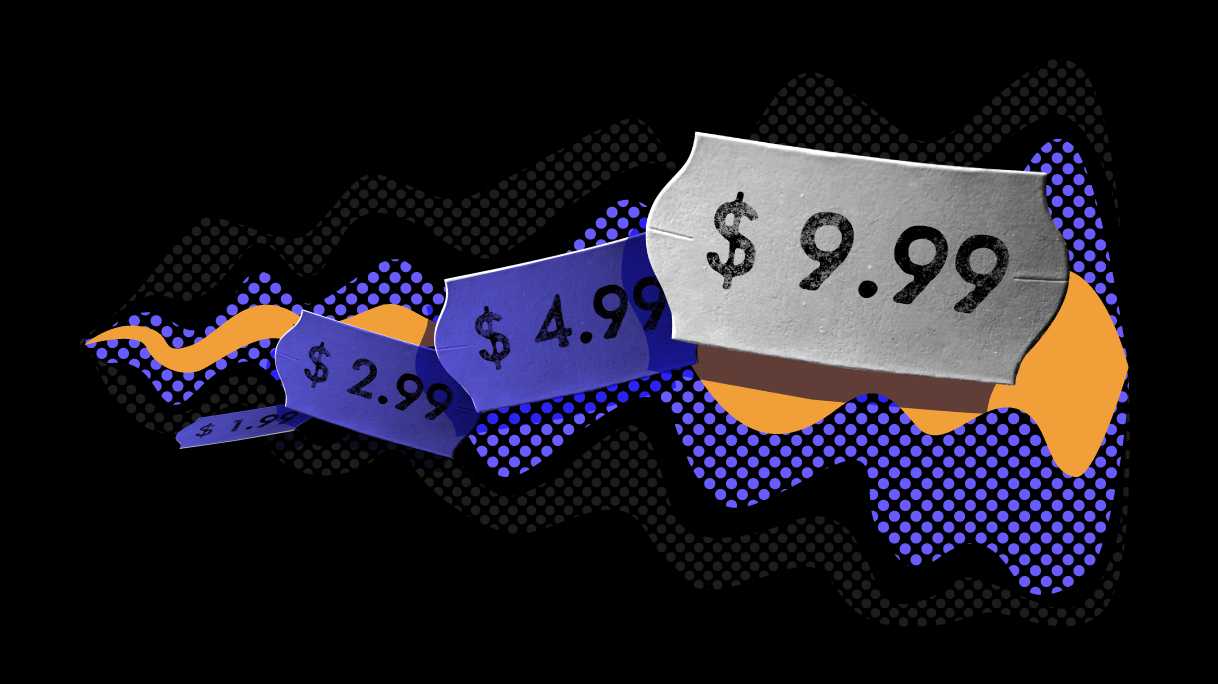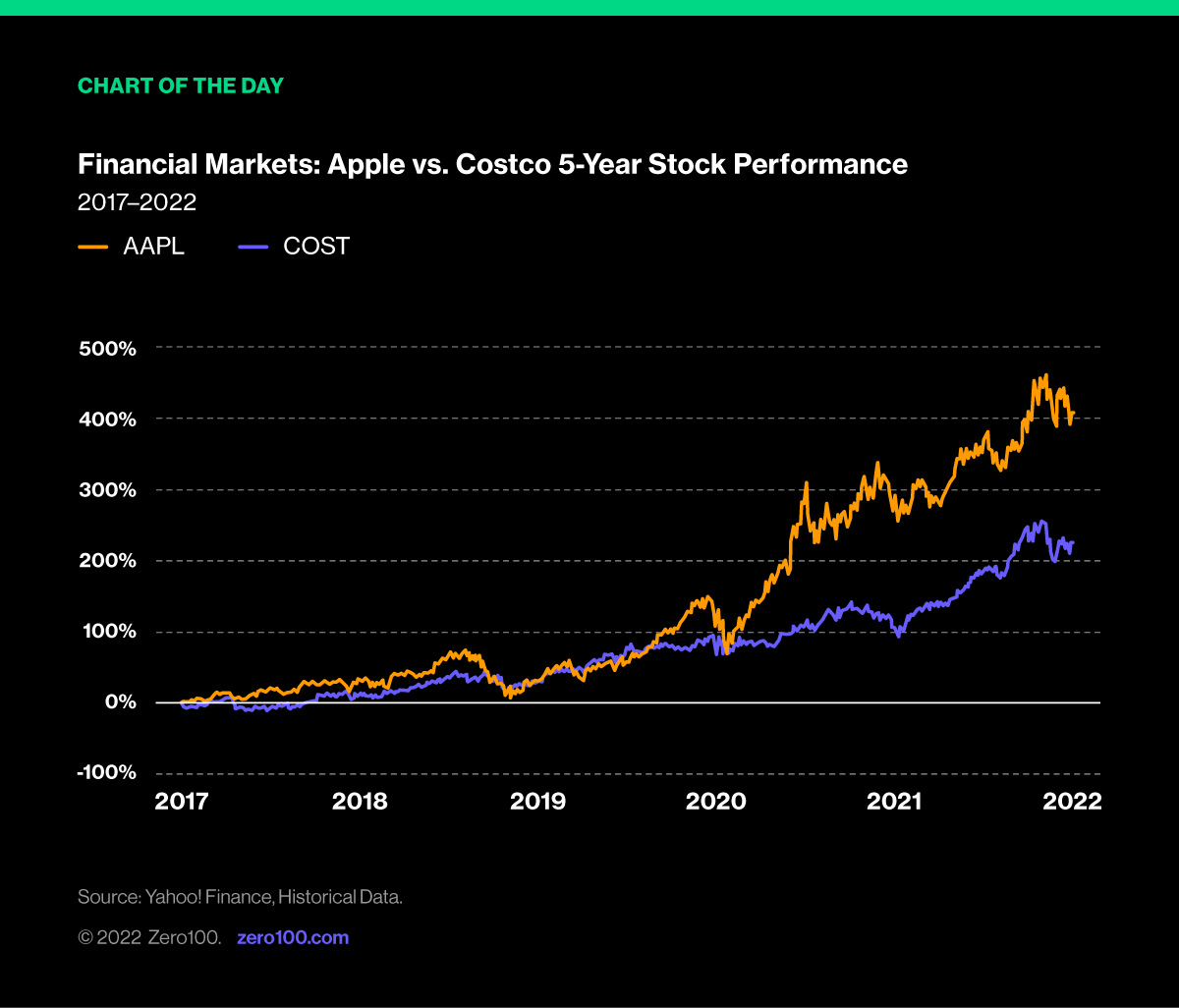
The Hidden Opportunity of Higher Inflation
Last month, the CPI rose +0.6%, driving up annual inflation to 7.5%—a level not seen since February 1982. As we wait for the March 10th release of the February stats, it’s important to find the silver lining from continuing pressures to consumer spending. Namely, a new model to harmonize supply chain constraints with demand-driven customer expectations.
Supply Chains Can Fight Inflation With The Four P's of Marketing
Inflation is here, and most people expect it to stay. Supply chain leaders are working hard to mitigate cost pressures upstream of course, but we should also look downstream to the classical 4P's of marketing: Product, Price, Place and Promotion for ways to make inflation less painful for customers, and maybe even good for margins.
Product
Out of stocks are certainly up from pre-COVID times, but it's rare that an entire category is unavailable. Dozens of choices (a.k.a. SKUs) at the shelf isn't necessarily good for shoppers, but it does always cost more for supply chains who need to forecast, produce, and move enough inventory of each item in the lineup. This “SKU complexity” erodes margins unless constantly trimmed. Costco (COST +225% in 5 years) has made limited choice a winner for shoppers with good prices on a handful of great items. Apple (AAPL +410% in 5 years) stores are packed with customers but have almost no inventory.

Takeaway: Stock only killer products and use the inflation window to trim costs by dropping slow moving SKUs.
Price
Cheaper is better, but people will pay for convenience if they can see it in the price. When inflation was 1-2% per year, businesses gave away convenience to win market share, plus venture-backed startups subsidizing e-commerce deliveries trained people to expect too much for free. Add COVID costs and the formula breaks down, especially for restaurants who are getting killed on home delivery. Chipotle for one has responded with higher menu prices for delivery items, which customers are largely accepting. Domino's is going mass market with an ad campaign that gives customers a $3 credit toward their next pizza if they pickup – putting a price tag on convenience.
Takeaway: With people expecting price hikes, now is the perfect time to get precise about cost-to-serve so you can be clear about what customers get for their money.
Place
Before e-commerce, “Place” meant the shelf. Eye level is better than top or bottom, end aisle is better than middle, etc. Bigger brands, better placement, higher price points. Now of course, the point-of-sale is often split into a “buy now” screen and the final mile to customer handoff. Notice I didn't say “doorstep” because that's also not the whole story. “Place” may be a locker (Whole Foods), your office (Gopuff), or your car's trunk (although Amazon quit this last fall). Increasingly however, it's back to the store with click-and-collect doubling during COVID (see Target). All this complexity is an opportunity to put a price on “Place” that accounts not only for cost differences, but also knock-on sales effects like impulse buys, bundling options, and customer loyalty.
Takeaway: A rising CPI adds degrees of freedom in the super complex algorithms linking supply chain and merchandising – figure it out before the inflation window closes.
Promotion
Discounting to clear inventory is defeat. When I see BOGOs or massive sales at grocery stores I imagine supply chain failures upstream and am not surprised to see ice cream that's been melted and refrozen or crumby chips. Why approach promotions management from your back foot? Inflation is the perfect air cover to start teaching consumers about the cost-saving and volatility dampening benefits of replenishment-driven demand all the way to customer fridge or cupboard. Amazon is aggressively advertising Subscribe-and-Save deals that offer up to 15% savings for auto-delivery of five or more items at a time. Less need for buffer inventory, fewer boxes, less driving. Feels like a win-win-win.
Takeaway: Inflation is an invitation to get creative with promotions by sharing supply chain savings with customers who care to understand how it works. Cheap is just...cheap. Smart is better.
Supply Chain Crisis as Catalyst
Inflation is a product of COVID upsetting the fine balance of our just-in-time supply chains, cutting into labor availability, and flooding the U.S. economy with relief money. It's a drag. On the bright side, consumer expectations got a big reset on what it takes to deliver what they want. If businesses can approach the inflation problem with a marketing/supply chain partnership it could be an opportunity to make everybody at least a little bit happier.
Critical Reading
THE NEW YORK TIMES
Supreme Court Considers Limiting E.P.A's Ability to Address Climate Change
Commentary: In a comprehensive scientific report published on Monday, The Intergovernmental Panel on Climate Change concluded that countries aren't doing nearly enough to protect against the disasters to come from climate change. At the same time, the Supreme Court debates how much power the E.P.A. should have over regulating sectors like the power sector – which some members say is a political and economic issue rather than an environmental issue.
#EPA #climatechange #regulations
THE WALL STREET JOURNAL
Car Parts, Chips, Sunflower Oil: War in Ukraine Threatens New Shortages
Commentary: Supply chains everywhere, already struggling to navigate an obstacle ridden path forward, face new challenges brought on by Russia's invasion of the Ukraine.
#shortages #russianinvasion
FORBES
U.S. Military To 3D Print its Way Out of Supply Chain Woes
Commentary: Last week the DoD released its assessment of defense critical supply chains, which stated that 3D printing, also known as “additive manufacturing”, is a key focus area and strategic enabler required for mission success.
#dod #3dprinting #supplychains